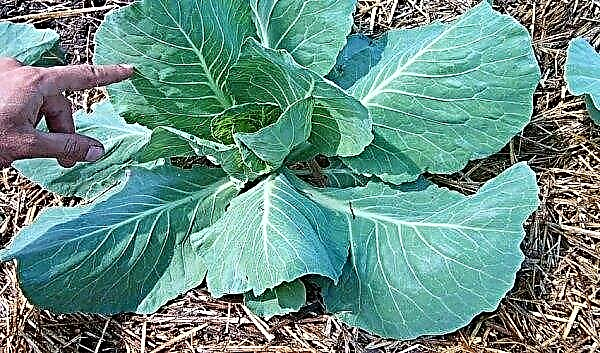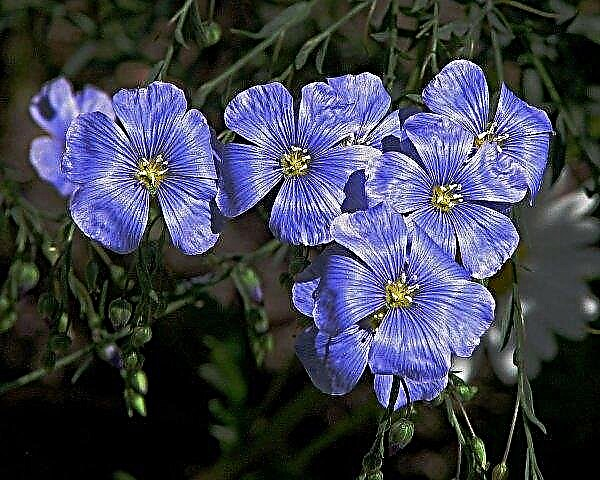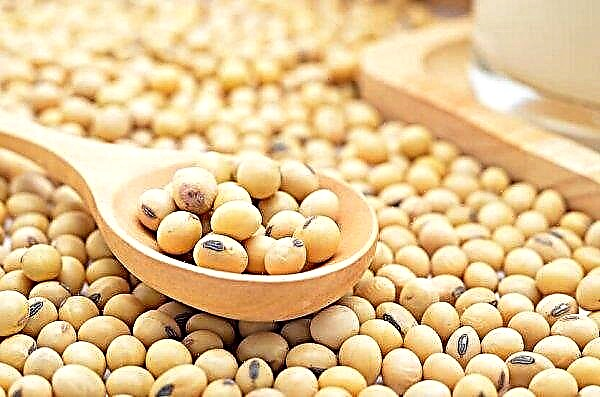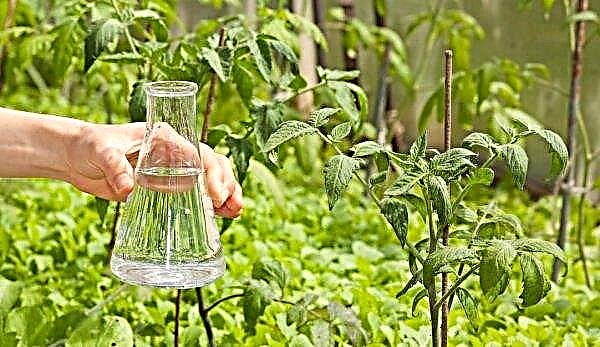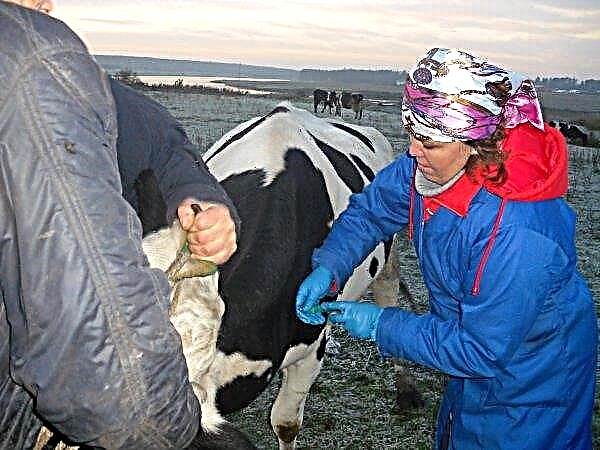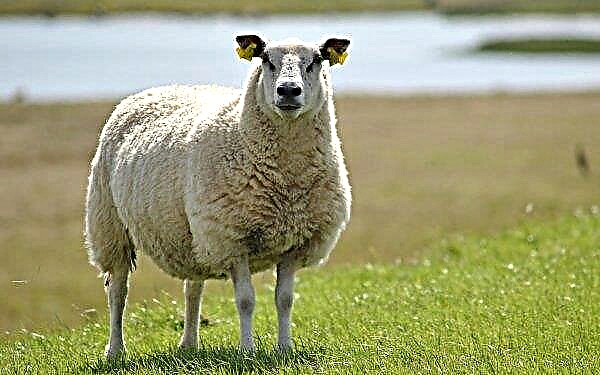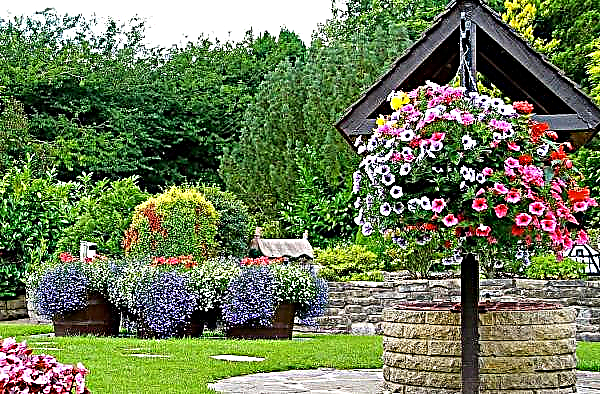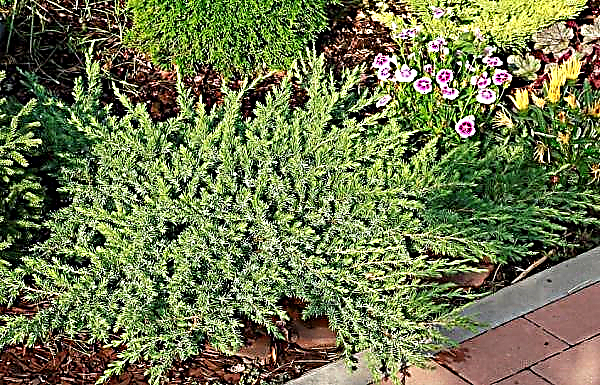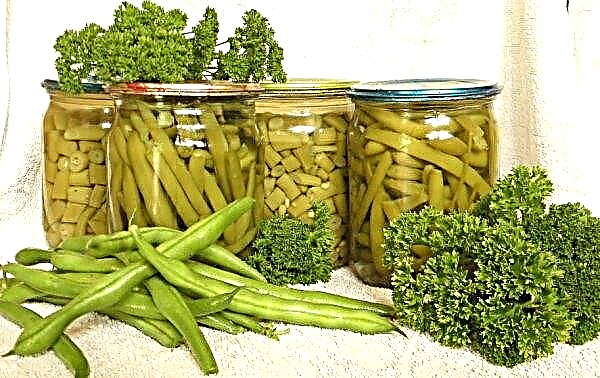The beautiful garden flower alissum captivates with splendor and bright colors. Unpretentious in care and easy to grow. Alissum mountain spreads a colorful carpet in the flowerbed and pleases the eye for many years, so it became
Plant description
Alyssum (Buryachok) belongs to the Cabbage family, has more than 100 studied varieties. The grassy undersized shrub has highly branched shoots, a fibrous root system with a surface type of location in the ground. The average height of the plant is from 15 to 40 cm.

Mountain alissum is distinguished by the following features:
- perennial;
- frost resistant;
- drought tolerant;
- height 10–20 cm;
- stalks creeping, raised at the ends up;
- inflorescences are racemose;
- fruits - pods with seeds;
- small yellow flowers;
- dense oblong leaves, covered with pile;
- flowering period - from late April to late May;
- loves sunny open country.
The width of a shrub can grow up to 50 cm. It is a honey plant and attracts bees with a spicy smell on the lawn.
Did you know? Often considered the same plant alissum and marine lobularia. This is not true — they are the closest relatives of the same family and differ in the characteristic color of the flowers.
Features of planting and care
The shrub is light-loving, so only the sunny side of the site and the open area are suitable for it. The soil must be fertile. The flower does not tolerate stagnation of water, so you have to equip the drainage layer. If the substrate is poor in nutrients, it must be enriched with mineral fertilizers. Alyssum prefers neutral and acidic soil pH.
Planting is carried out in two ways, which are characterized by such features:
- Seed planting. Direct planting in the ground can be done in early May or in October during the winter. Wintered seed material will undergo natural stratification, and will give winter shoots. The soil is slightly moistened with water. Seeds are laid in grooves no deeper than 1-1.5 cm and lightly pressed. A deeper immersion in the ground violates the germination of shoots. You can’t fill them too thick, because the shrub grows up to 40 cm wide. The method is suitable for perennials whose seedlings will begin to bloom closer to the fall.

- Seedlings. The most convenient way to grow a plant. Sowing under seedlings is carried out in late February to early March. The soil is prepared: loosened, fertilized and moisturized. Seeds are scattered on the soil surface, lightly pressed and watered. The container is covered with a film, placed in a room with good lighting and air temperature from +10 to + 15 ° С. The soil must be opened for ventilation and sprayed with a certain frequency. Shoots appear quickly, after 5-8 days. When the first true leaf plate is formed at the shoot, complex fertilizers must be applied. When 2-3 first leaves appear, seedlings are planted in small pots. You can do without a pick if the seedlings grow quickly. Seedling method suitable for annual shrubs of alissum.
 When transplanting a flower into the soil, the size of the pits should not be much larger than the roots with an earthen lump
When transplanting a flower into the soil, the size of the pits should not be much larger than the roots with an earthen lump
The flower perfectly survives on rocky areas. The best substrate is moderately fertile, light, with good drainage..
Care consists of such events:
- Watering. The flower loves moist soil. You need to irrigate regularly, but do not overdo it. Otherwise, alissum will suffer from moisture more than from drought. By digging 3-4 cm deep, you can understand whether it is time to water. If the soil is dry, you can slightly moisten.
- Top dressing. Fertilizer of perennial varieties is carried out more often 2 times a season. They feed during the period when the shoots are actively growing. Nitrogen fertilizer fits very well. On a bucket of water take 1 tbsp. l "Agricola-7" and urea. Complex fertilizers are applied before flowering.
- Pruning. Cutting and trimming should be done in the spring after flowering. Patients are cut off, dried shoots and leaves, peduncles remove everything, shoots are shortened by 5-6 cm.
- Winter preparations. Perennial flowers mulch around the stem, sprinkle with dry leaves and cover with a non-woven type material. If heavy snow falls, you can form a hill around the plant from it for additional warming.

The shrub does not need weeding. It is enough to perform pruning when the alissum mountain blooms.
Did you know? The literal translation of the name "alissum" from the Greek language means "against dog rabies."
Diseases and Pests
The plant is affected by the following types of pests and diseases:
- Cruciferous flea. Represents the greatest danger to the flower. It is difficult to get rid of an insect. For adult bushes prepare a solution of vinegar essence 1 tbsp. 8 liters of water, irrigate the entire plant. When the shoots are damaged before the flowering period, insecticides are allowed.
 In the fight against cruciferous flea, vinegar essence is treated only by adult shoots of alissum, young ones can be burned
In the fight against cruciferous flea, vinegar essence is treated only by adult shoots of alissum, young ones can be burned - Cabbage Moth. Bacterial agents Lepidocide, Entobacterin, Kinmix, etc. are used against them.

- Caterpillars. Apply tobacco infusion with soap or chamomile pharmacy, which is sprayed with a shrub.
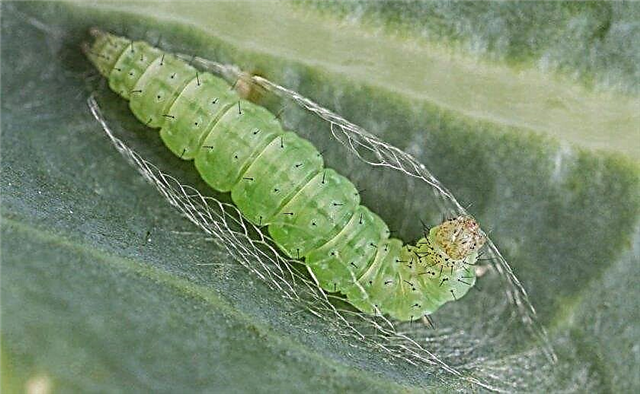
- Brown rot (late blight) and white rust affect the roots of the flower from excess moisture. They are treated with systemic fungicides, for example, Kuproksat, Ordan, Tanoso or copper chloride.
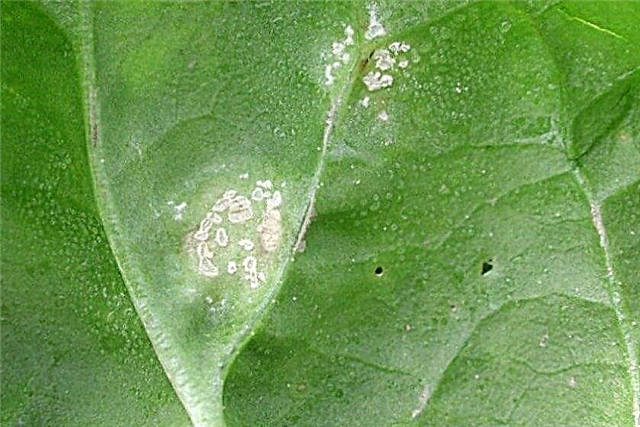
- Powdery Mildew (True or False). Both types are treated with a solution of Bordeaux mixture. Or they use fungicides for each type of dew separately: the false one gives in to Oksikhom and Ordan preparations, the real one is sprayed with Topaz.
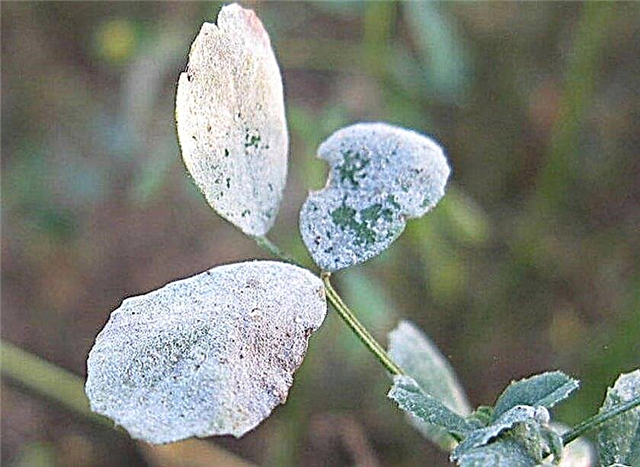
- Viral Mosaic. Unfortunately, today, there are no funds for its treatment. The plant will have to be destroyed.
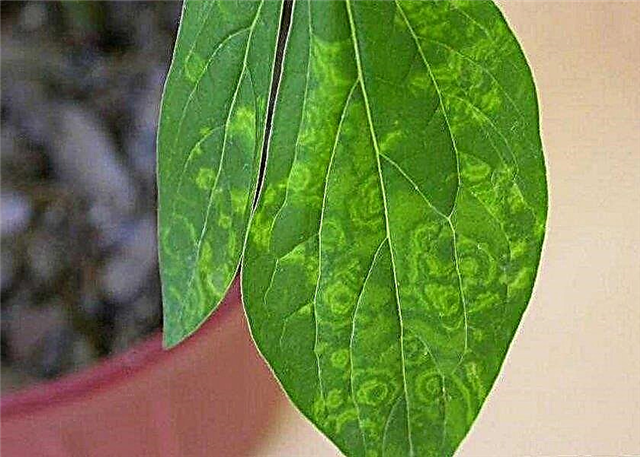
Landscaping Applications
Most often, perennial plant varieties are found in rock gardens, rockeries, mixborders as ground cover crops of landscape design. They are planted after bulb flowers (tulips, daffodils) to mask the remains of their flowering. On the flower beds in the garden, they look gorgeous against the background of masonry. Alissum is popular on verandas, balconies, in flowerpots and for decoration of a border.

Due to the bright color, unpretentiousness in the care, frost resistance and growth density (ground cover type), the shrub is distributed almost everywhere. It does not cause much trouble in growing. Seedlings easily survive transplanting into open terrain and quickly take root. Since mountain alissum is a honey plant, it is suitable for a garden or a summer cottage.


 When transplanting a flower into the soil, the size of the pits should not be much larger than the roots with an earthen lump
When transplanting a flower into the soil, the size of the pits should not be much larger than the roots with an earthen lump In the fight against cruciferous flea, vinegar essence is treated only by adult shoots of alissum, young ones can be burned
In the fight against cruciferous flea, vinegar essence is treated only by adult shoots of alissum, young ones can be burned




